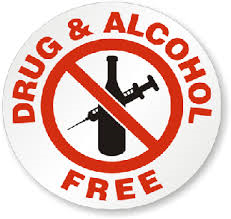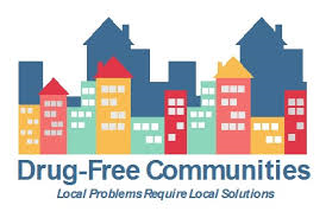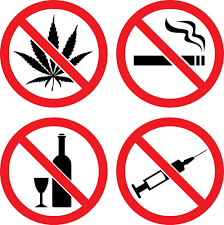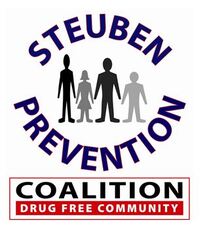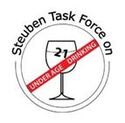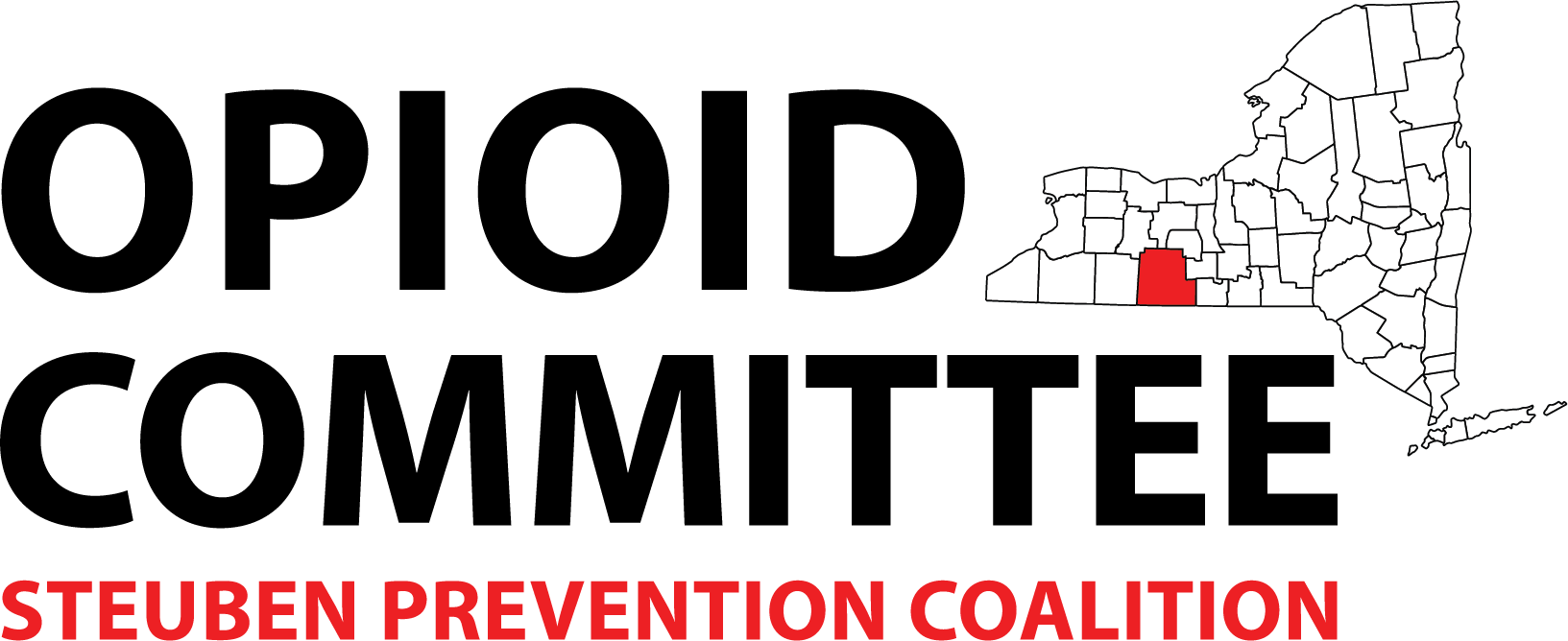DRUG FREE COMMUNITIES
Drug Free Communities (DFC) is a collaborative initiative sponsored by the President’s Office of National Drug Control Policy (ONDCP) and the Substance Abuse and Mental Health Services Administration (SAMHSA) with two major goals:
- Establish and strengthen collaboration among communities, public and private nonprofit agencies, and Federal, State, local and tribal gov’ts to support the efforts of community coalitions to prevent and reduce substance use among youth.
- Reduce substance use among youth and, over time, reduce substance abuse among adults by addressing the factors in a community that increase the risk of substance abuse and promoting the factors that minimize the risk of substance abuse.
DFC HISTORY
Drug-Free Communities Act of 1997
• Became law on June 27, 1997
• Catalyst for increased citizen participation in efforts to reduce substance use among youth
• Provides community anti-drug coalitions with much needed funds to carry out important missions.
The White House Office of National Drug Control Policy (ONDCP) directs the Drug-Free Communities Support Program in partnership with the Substance Abuse and Mental Health Services Administration (SAMHSA).
This anti-drug program provides grants of up to $125,000 to community coalitions that mobilize their communities to prevent youth alcohol, tobacco, illicit drug and inhalant abuse.
• Became law on June 27, 1997
• Catalyst for increased citizen participation in efforts to reduce substance use among youth
• Provides community anti-drug coalitions with much needed funds to carry out important missions.
The White House Office of National Drug Control Policy (ONDCP) directs the Drug-Free Communities Support Program in partnership with the Substance Abuse and Mental Health Services Administration (SAMHSA).
This anti-drug program provides grants of up to $125,000 to community coalitions that mobilize their communities to prevent youth alcohol, tobacco, illicit drug and inhalant abuse.
